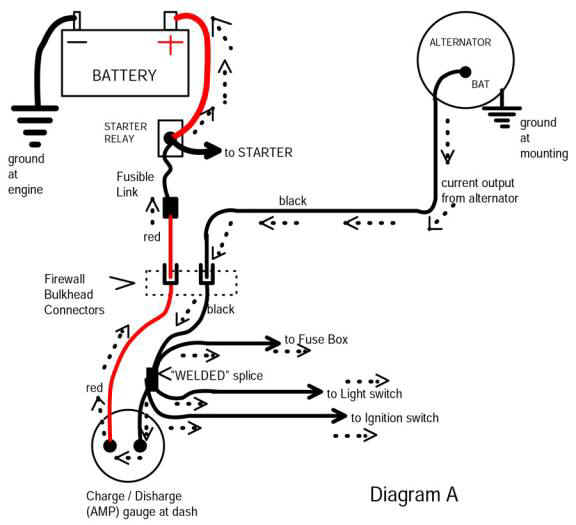TrailBeast
AKA Mopars4us on Youtube
Yesterday I was driving down the road and the car quit.
I carry a test light in the car so I find out there is no main power to the relay from the battery because of a cheesy fuse holder in the line between the two.
I'm sure it used to be a fusable link, but it was replaced by one of those twist together white fuse holders.
I'm going down to the local auto store for a new section of wire and a blade type fuse holder that is a sealable unit.
Question is, what amp fuse should be in that line?
Thanks guys
If I don't get the answer soon, I'll put a 20 in it and get a 30 also and start with the 20.
I carry a test light in the car so I find out there is no main power to the relay from the battery because of a cheesy fuse holder in the line between the two.
I'm sure it used to be a fusable link, but it was replaced by one of those twist together white fuse holders.
I'm going down to the local auto store for a new section of wire and a blade type fuse holder that is a sealable unit.
Question is, what amp fuse should be in that line?
Thanks guys
If I don't get the answer soon, I'll put a 20 in it and get a 30 also and start with the 20.

















